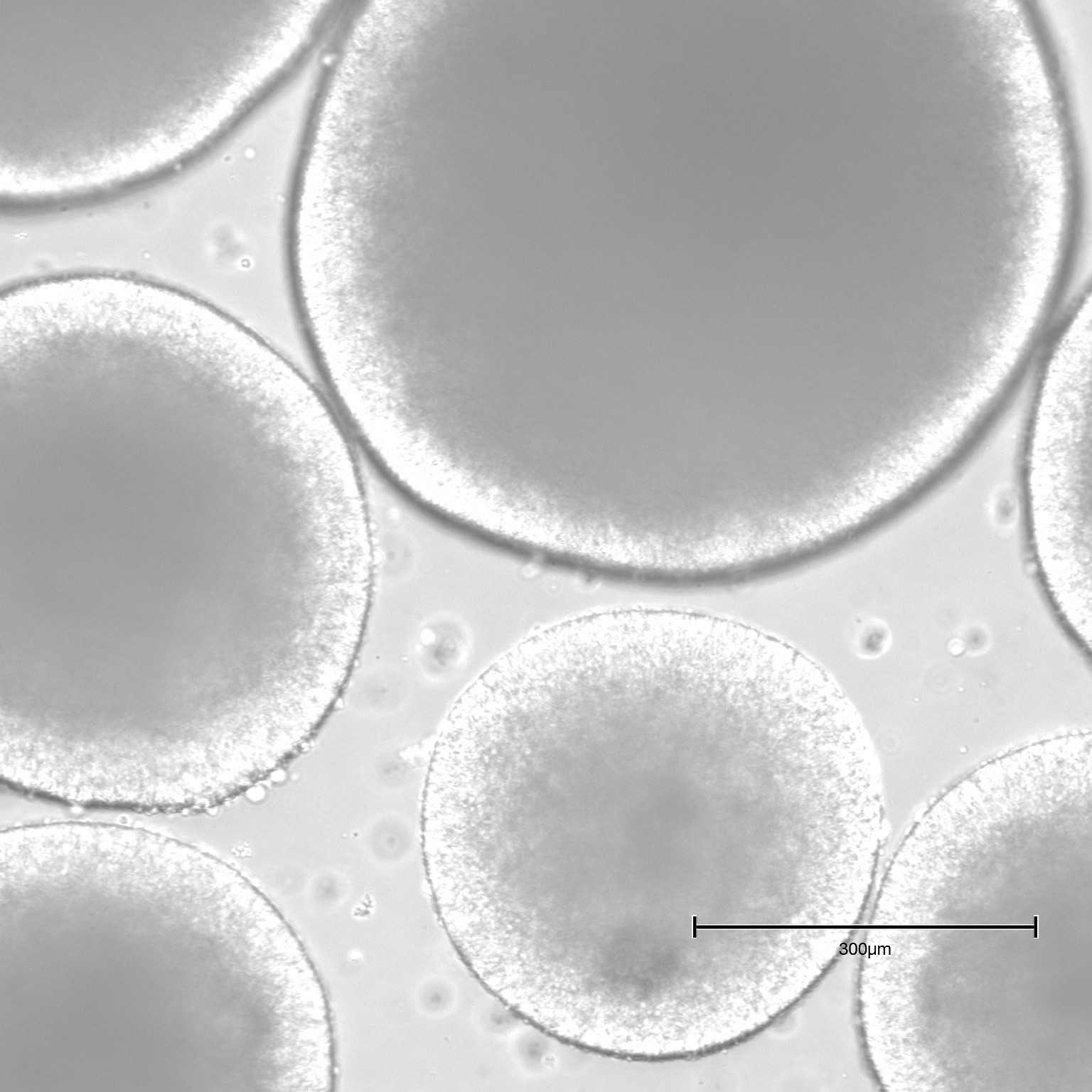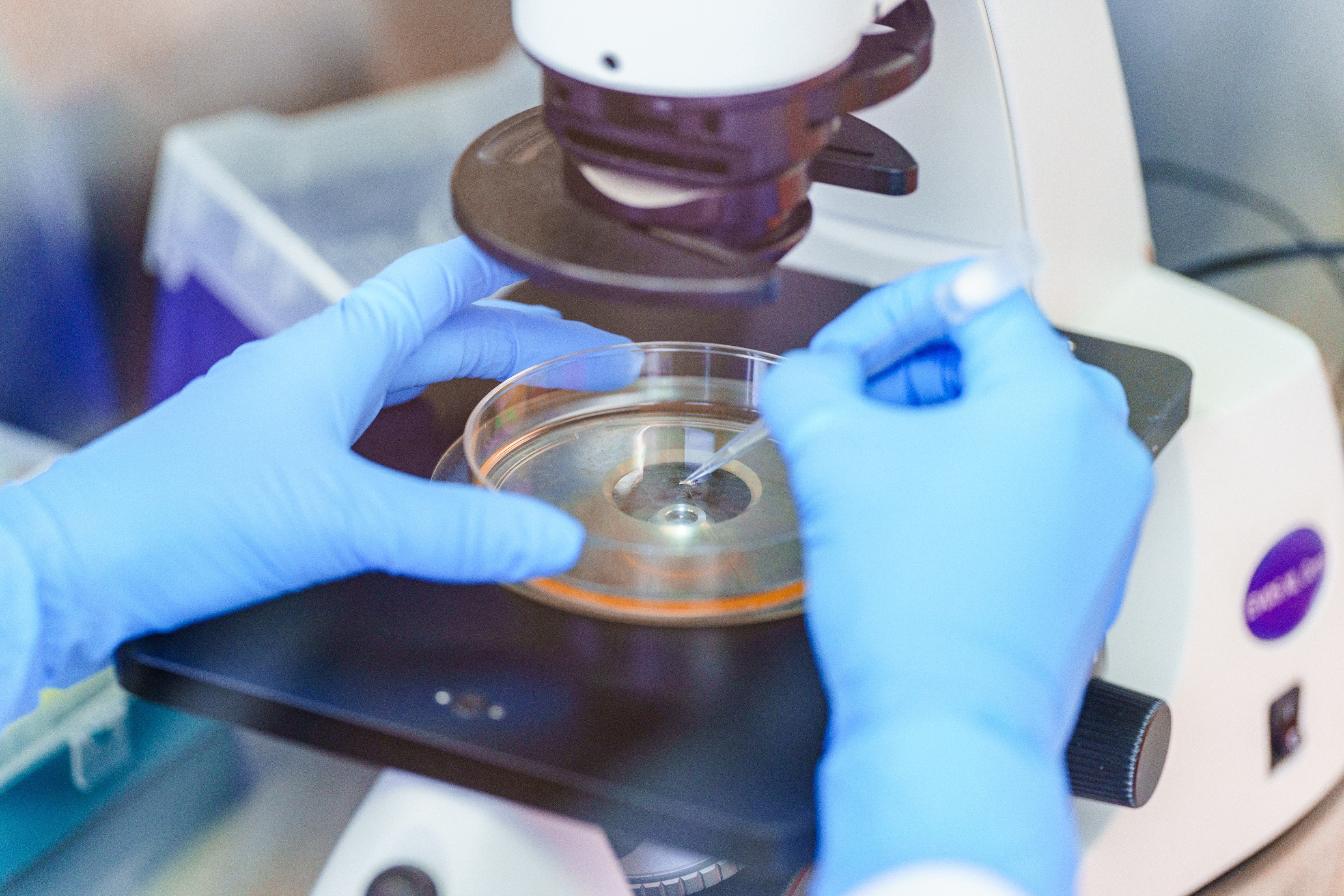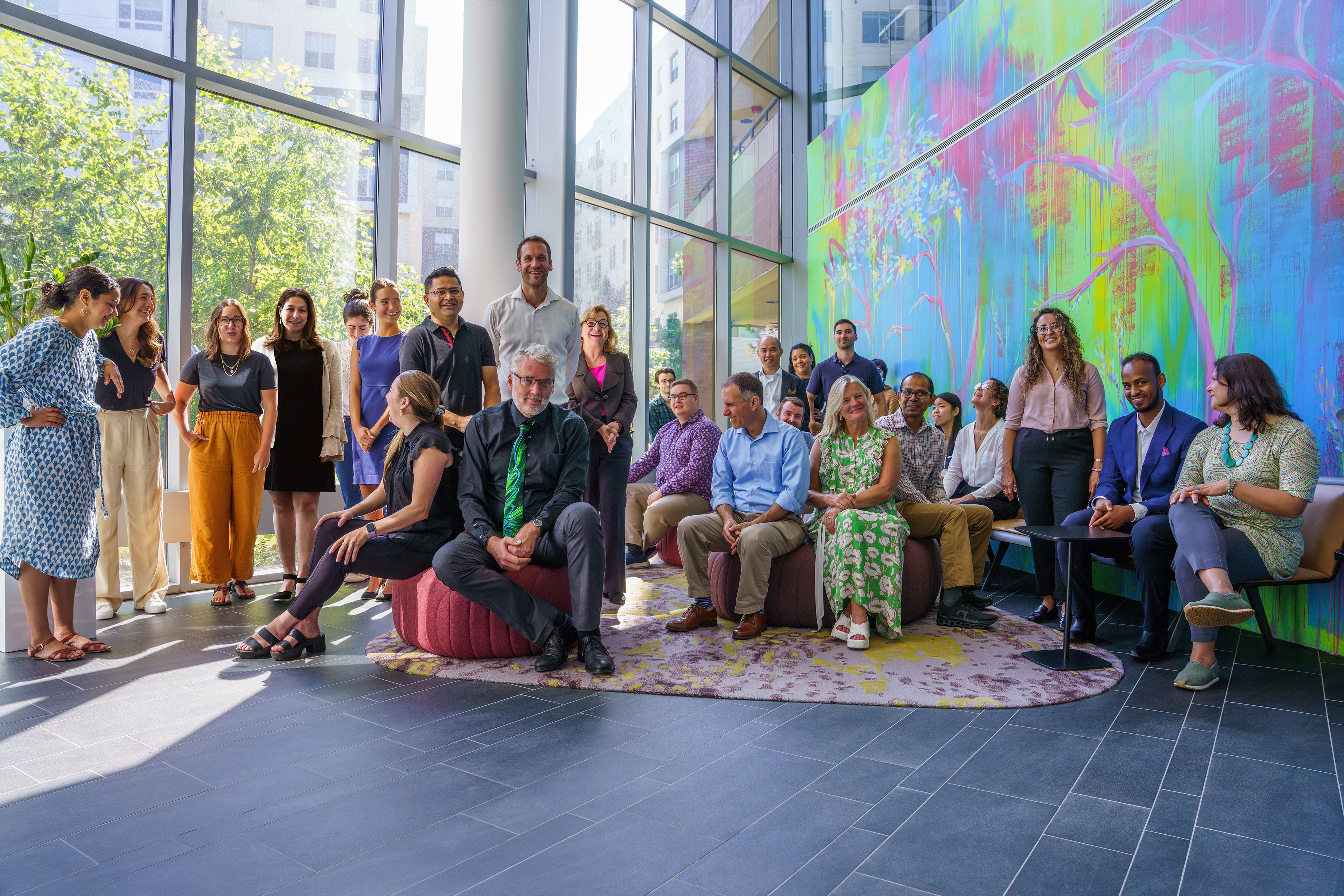Our Story
We now have an unprecedented deep understanding of the disease and the disease mechanisms which creates an opportunity to realize real treatment breakthroughs.

Recent major scientific discoveries, such as disease-causing genetic alterations or the link between STATHMIN-2 and TDP-43 (discovered by our co-founder Kevin Eggan), show that different disease drivers cause the development of ALS. Like cancer, these disease mechanisms need to be treated with precision therapies.
QurAlis was founded by an internationally recognized team of neurodegenerative biologists from Harvard Medical School and Harvard University to leverage these emerging insights and new technologies.
Meet The Team
Amyotrophic lateral sclerosis (ALS), also known as Lou Gehrig’s disease, is a progressive neurodegenerative disease impacting nerve cells in the brain and spinal cord, reducing muscle function and control. ALS can be traced to mutations in more than 25 different genes and is often caused by a combination of multiple sub-forms of the condition. Cases usually cannot be predicted, although a small percentage are inherited. ALS has a devastating impact on patients and families. ALS patients’ average life expectancy is three years; after diagnosis patients only have two years to live. There is currently no cure for the disease.
The QurAlis team together with others in the field cracked the code on sporadic ALS through the identification of major disease drivers linked to TDP-43 pathology. Using human neuronal stem cell models from ALS patients, QurAlis co-founder and Harvard professor Kevin Eggan, PhD, discovered in 2019 that the expression of STATHMIN-2 (STMN2) is regulated by TDP-43. The Eggan Lab showed that loss of normal TDP-43 function leads to a highly significant decrease in expression of STMN2 and an impairment in neuronal repair which could be rescued by restoring STMN2 levels. These results were published in Nature Neuroscience.
In addition to nearly all ALS patients, TDP-43 pathology is also associated with approximately 50 percent of patients with frontotemporal degeneration (FTD), the second most common form of dementia; about a third of Alzheimer’s Disease patients; and up to seven percent of Parkinson’s disease patients.
Follow our pioneering path on the quest to cure.
1993
SOD1 ALS gene discovery, explaining approximately 20% of familial ALS (Drs. Brown and Rosen).
2007
Induced pluripotent stem cell (iPSC) technology (Dr. Yamanaka).
2008
Dr. Eggan pioneers human iPSC-based neuronal modeling technology which transforms ALS research.
2010
Drs. Eggan and Woolf collaborate on the study of iPSC-derived ALS motor neurons.
2013
Project MinE starts as a large-scale whole genome research program which leads to the discovery of dozens of ALS genes over the following years.
2014
Drs. Eggan, Woolf, Wainger, and Kiskinis discover that Kv7.2/7.3 dysfunction drives toxic hyperexcitability-induced neurodegeneration in ALS.
2016
QurAlis Corporation is founded on December 12, 2016 in Cambridge, MA by Drs. Roet, Eggan, and Woolf and Q-State Biosciences.
2017
QurAlis starts three precision medicine programs for sub-groups of ALS patients. QurAlis wins Amgen Golden Ticket.
2018
QurAlis wins Pfizer Golden Ticket.
2020
QurAlis raises Series A financing. QurAlis signs a deal with Eli Lilly on Kv7.2/7.3 dysfunction. QurAlis wins the Fierce 15 biotech award. QurAlis wins the NEVY award for Emerging Life Science Company for 2020.
2021
QurAlis selects QRL-201 as lead development candidate targeting STATHMIN-2.
2022
Health Canada Clinical Trial Authorisation (CTA) granted for QRL-201.
2023
First in human dosing of QRL-101, first-in-class Kv7 precision therapy for ALS. QurAlis raises Series B financing. QurAlis reveals new program targeting UNC13A RNA mis-splicing. First patient dosed with QRL-201. EU CTA granted for QRL-201. UK CTA granted for QRL-201.



